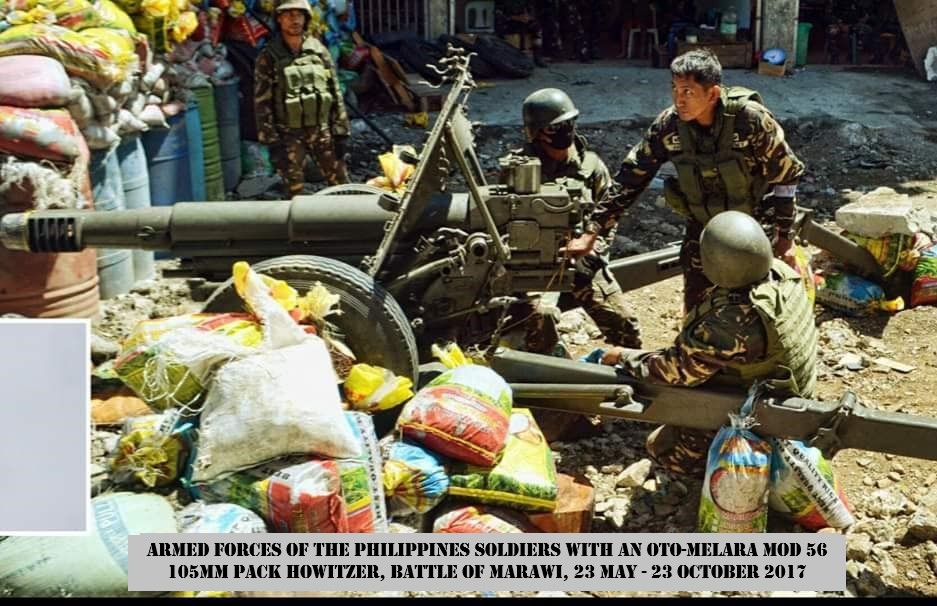
1/9
Short🧵
Whenever my good friend Klem @Zarelepotec tweets an #urbanwarfare video/photo he always accompanies them with questions to drive home teaching points.
After watching this 37-minute video (at the end of this🧵) of the urban fighting in Bakhmut I pictured Klem asking:
Short🧵
Whenever my good friend Klem @Zarelepotec tweets an #urbanwarfare video/photo he always accompanies them with questions to drive home teaching points.
After watching this 37-minute video (at the end of this🧵) of the urban fighting in Bakhmut I pictured Klem asking:
2/9
1. Do our urban operations training areas simulate this kind of collateral damage (while maintaining safety standards) to make urban warfare training realistic?
1. Do our urban operations training areas simulate this kind of collateral damage (while maintaining safety standards) to make urban warfare training realistic?
3/9
2. Urban operations means very small unit fighting will occur: have individual soldiers been trained to use their initiative like these troops?
3. Are uniforms marked so soldiers can easily identify friend from foe? These soldiers are using green/blue tape, for example;
2. Urban operations means very small unit fighting will occur: have individual soldiers been trained to use their initiative like these troops?
3. Are uniforms marked so soldiers can easily identify friend from foe? These soldiers are using green/blue tape, for example;
4/9
4. Is there a symbiotic relationship of protection between armoured fighting vehicles (AFV) & dismounted soldiers when they are fighting together in the urban environment? Note the destroyed AFV at 10:54;
4. Is there a symbiotic relationship of protection between armoured fighting vehicles (AFV) & dismounted soldiers when they are fighting together in the urban environment? Note the destroyed AFV at 10:54;
5/9
5. Are soldiers properly trained to use anti-armour weapons against dismounted enemy positions/AFVs in the urban environment?
6. Are we giving our soldiers enough ammunition (anti-armour rockets, grenades & bullets) due to the high ammunition consumption in urban warfare?
5. Are soldiers properly trained to use anti-armour weapons against dismounted enemy positions/AFVs in the urban environment?
6. Are we giving our soldiers enough ammunition (anti-armour rockets, grenades & bullets) due to the high ammunition consumption in urban warfare?
6/9
7. Have we trained our soldiers so that they can properly identify enemy locations in an urban environment? It's not that easy;
8. Are we equipping our soldiers so they "fight light"? We cannot weigh them down with too much equipment in the urban environment;
7. Have we trained our soldiers so that they can properly identify enemy locations in an urban environment? It's not that easy;
8. Are we equipping our soldiers so they "fight light"? We cannot weigh them down with too much equipment in the urban environment;
7/9
9. Are our soldiers using appropriate cover or are they exposing themselves needlessly? Enemy marksmen/snipers can easily hide themselves in the urban environment. Note what occurs at 20:44;
9. Are our soldiers using appropriate cover or are they exposing themselves needlessly? Enemy marksmen/snipers can easily hide themselves in the urban environment. Note what occurs at 20:44;
8/9
10. Are all of our soldiers properly trained in casualty combat care? Urban warfare generates more casualties due to the high ammunition usage, shrapnel, & because concrete/stone/steel/wood/brick/glass is a lot less unforgiving on the human body than dirt;
10. Are all of our soldiers properly trained in casualty combat care? Urban warfare generates more casualties due to the high ammunition usage, shrapnel, & because concrete/stone/steel/wood/brick/glass is a lot less unforgiving on the human body than dirt;
9/9
11. Are all of our soldiers trained in casualty evacuation (CASEVAC)? All of that collateral damage makes CASEVAC physically/mentally exhausting.
With thanks to @DrPaulyDeSantis for the video find.
Urban combat footage is from 08:40 to 29:40:
11. Are all of our soldiers trained in casualty evacuation (CASEVAC)? All of that collateral damage makes CASEVAC physically/mentally exhausting.
With thanks to @DrPaulyDeSantis for the video find.
Urban combat footage is from 08:40 to 29:40:
• • •
Missing some Tweet in this thread? You can try to
force a refresh










